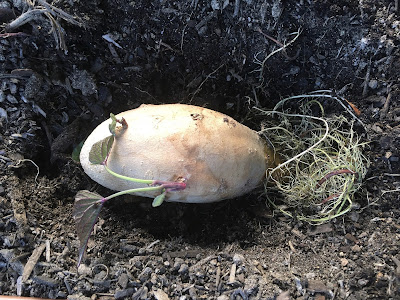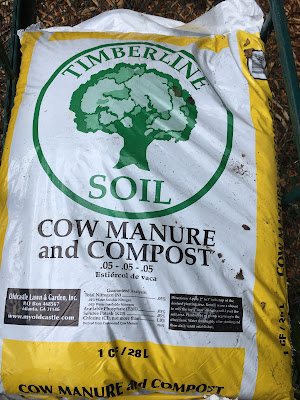Over the past few weeks,
our son C, who has multiple food sensitivities,
has taken himself off of sugar
in an effort to support his gut health.
While I admire his determination to foster good health,
it's been a bit of a challenge finding goodies for him to enjoy.
He also gave up his beloved pumpkin bread
(which contains sugar) for breakfast,
which he's been making himself for the last few years.
He's been eating apple slices or watermelon as his sweets,
but I wanted to provide more of a treat for breakfast and snacks.
They are corn, dairy, egg, gluten and sugar free,
which supports his goals.
(He's not allergic to eggs, but this recipe is vegan.)
I found the recipe in the allergy-friendly cookbook
I remember reading this book of recipes many years ago,
when C was just starting his gluten-free journey.
Momma had to learn a new way to bake
and this book helped me along that path.
It was good to revisit the pages and figure out
which things he might like best.
I swapped out maple syrup for the agave,
as I've read some not-so-nice things about it.
I also omitted a couple of ingredients that I didn't have on hand.
They turned out great!
Another resource for maple syrup recipes that I plan to peruse is
where Michelle shares an array
of maple syrup sweetened concoctions.
For now, this recipe will do just as it is.
I can imagine tweaking it to add fruit, nuts or seeds.
There are limitless possibilities with this basic recipe.
These muffins (or cupcakes), are delightfully moist and flavorful.
The recipe made much more than 12 regular-sized muffins.
In fact, I was able to make over a dozen standard muffins,
as well as 12 mini-muffins.
Here's my version,
although you can find the original recipe here.
Give 'em a go and let me know how you like them.
Babycakes Pumpkin Muffins
2 C gf flour
2 t baking powder
2 t baking soda
1 t salt
1/2 t cinnamon
1/2 C light olive oil
2/3 C maple syrup
2/3 C unsweetened almond milk
2 T vanilla extract
1 1/2 C pumpkin puree
1/2 C hot water
2 t baking powder
2 t baking soda
1 t salt
1/2 t cinnamon
1/2 C light olive oil
2/3 C maple syrup
2/3 C unsweetened almond milk
2 T vanilla extract
1 1/2 C pumpkin puree
1/2 C hot water
In a large mixing bowl,
combine dry ingredients and whisk to aerate.
Add oil, milk, syrup and vanilla to bowl,
and mix thoroughly.
Fold in hot water and pumpkin puree.
Preheat oven to 325 degrees and place paper liners in muffin tins.
Place 1/3 cup of batter into each muffin tin and bake 20 minutes,
remembering to turn pan around at the halfway point.
Let cool on wire rack.
Enjoy!





















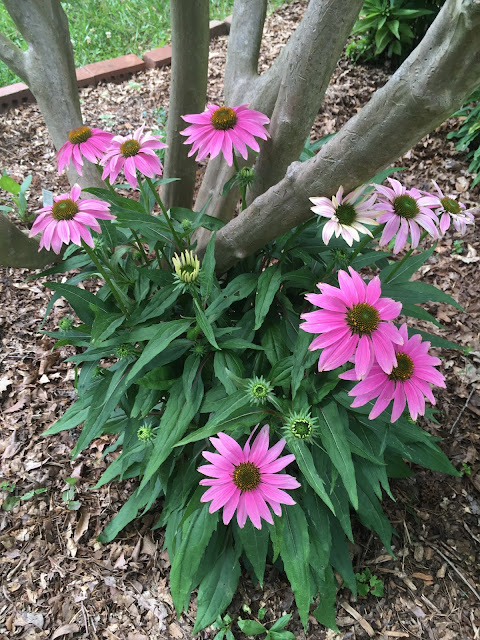













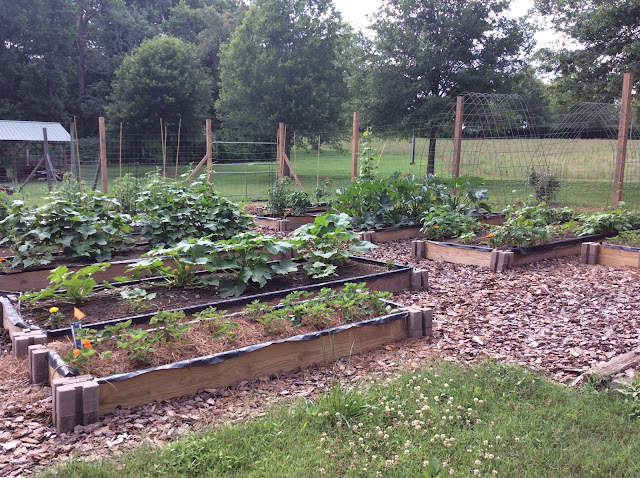








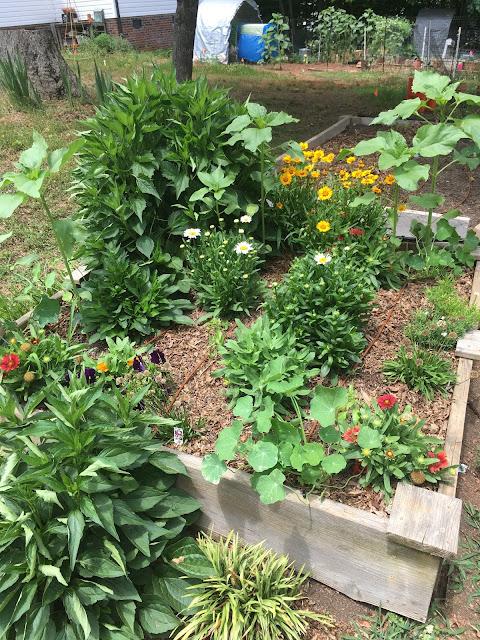
 p
p





